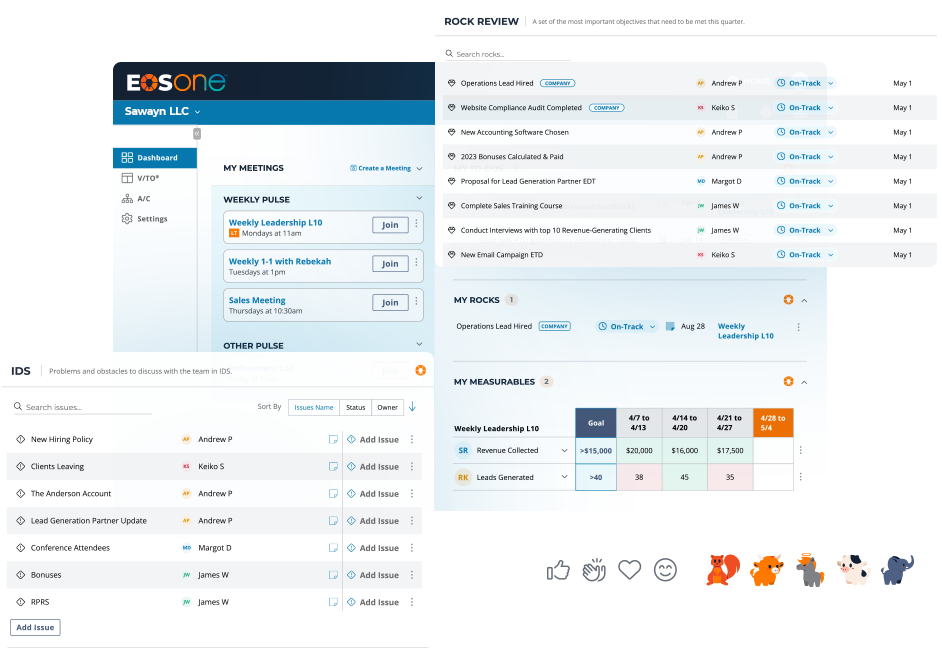“If you want to go fast, go alone. If you want to go far, go together.” African Proverb
Recently, I was in the room with a client discussing their need for a new CFO. They had what they believed to be the perfect candidate but with one issue. He had severance from his last role and wanted to begin this new position as a fractional employee to ensure it was a good fit. The leadership team had some push back to this idea because they felt all in and wanted him to have the same level of commitment. We solved the issue by creating a well defined roadmap for the CFO’s first 100 days.
Almost all companies struggle when bringing on a new C-suite member. But the one thing everyone can agree on is they want the transition to be as smooth as possible with a successful and stable outcome. The hardest part of onboarding is getting on the same page but you can attain this by creating and agreeing on these key themes at the beginning of onboarding.
New hire success is best achieved with a first 100 days plan. You will have a happier, more engaged and productive employee, and you will be one step closer to building a Self Managing Business.
The first step in setting up your new employee for success is creating a plan, with detailed goals and timelines. Throughout this process, areas of focus should be understanding your company’s culture, establishing expectations, and establishing the right meeting pulse.
Understanding the Culture
A part of your employee’s initial success goes beyond having the skill set and experience to get the job done. They also need to understand the company culture to become an active member of the team. Describe how working relationships are typically established so future projects and collaborative meetings can be run successfully. Explain how people tend to communicate with one another. Can discussions happen on the fly or are scheduled meetings preferred? Show your new hire the proper channels of communication.
How are decisions made within your company? Is it broken down by department heads or determined between the entire leadership team. Knowing how and by whom decisions are made and executed will expedite the new hire’s long term progress. It is also important for your the new employee to recognize whether the company operates on a individual or group perspective. Are risks and rewards shared on an individual basis or is performance celebrated on a group level.
One of the of the best pieces of advice you can share during onboarding is how the company reacts to change. This will help them understand what challenges they are facing from day one orr encourage them to shake things up from the get go. It allows them the wisdom and time to build relationships and therefore buy in for process changes from the team.
Establishing Expectations
Documenting the roles and responsibilities of the position may seem obvious but are commonly left assumed leaving both parties in frustration. The 5-5-5™ is a tool for well defined clarity so new hire can accept responsibility fully. Spell out the roles. Are they onboard with functions of the job? In addition to the responsibility of that specific position, list your company’s core values. Does this person share those beliefs? Simplify the expectations by assigning agreed upon key objectives (Rocks) with the intention that those will be accomplished in the first 100 days.
What does success look like? Establish key performance indicators that can be measured to help define success. Simple and concise measurables will help to align expectations and reinforce accountability.
Establish a Consistent Meeting Pulse™
Regular check ins to make sure you are on the same page should happen on a consistent basis. The first meeting should consist of discussing the 5-5-5™ which includes the company’s core values, rocks for the first 100 days and key roles for the position. Regularly review the the agreed upon measurables on a weekly basis. There should be a regular meeting pulse (e.g. weekly, biweekly, monthly) to track progress and address issues. Finally at the end of the first 100 days, review the results and you will be amazed at the progress and clarity that was achieved.
This is what the core process for the first 100 days looks like:
Key Theme:
- Understanding the Culture
- Establishing Expectations
- Meeting Pulse™
- Day 1
- Onboard with the 5-5-5™
- Review the Company Core Values
- Review Key Objectives (Rocks) for the First 100 Days
- Review and Discuss Key Roles
- Establish Measurables
- Onboard with the 5-5-5™
- Weekly
- One on One Meeting with CEO
- Review Status of Rocks
- Review Status of Measurables
- Attend Weekly Leadership Team Level 10 Meeting™
- One on One Meeting with CEO
- Day 100
- Review the Company Core Values
- Review Outcomes of Key Objectives (Rocks) for the First 100 Days
- Review and Discuss Key Roles
- How did it go?
- Where do we stand?
- Is this the right fit?
- Can we proceed to a full time role or are additional assignments required?
- Go / No Go
- Day 1

